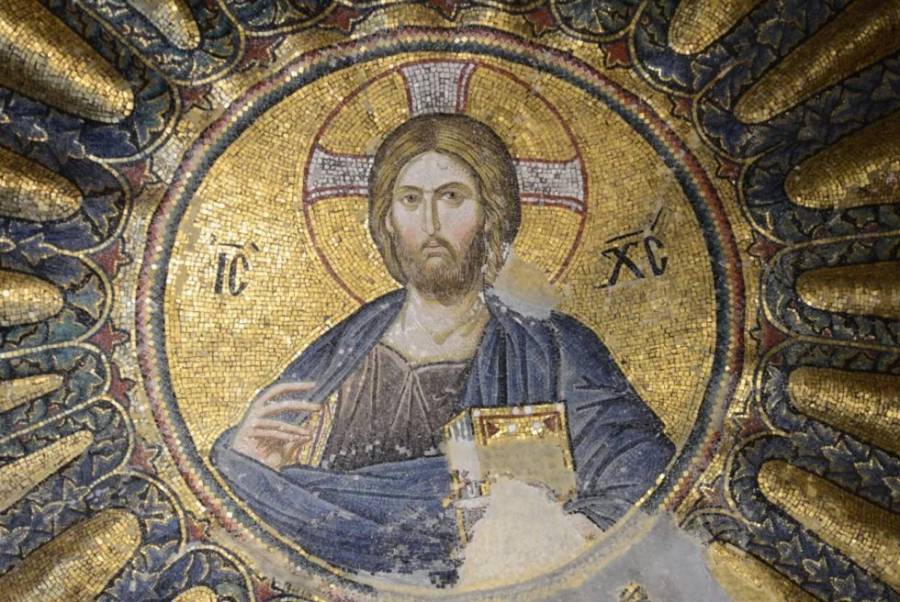Almost four years after Hagia Sophia was converted into a mosque, another iconic Byzantine temple in Constantinople will begin functioning as a mosque. This is the famous Hora Monastery, which has been a museum for seventy-nine years.
As reported by the pro-government Yeni Şafak newspaper, Hora Monastery is expected to open its doors as a mosque for Friday prayers on February 23. Turkish President Recep Tayyip Erdogan had made the decision for this back in 2020 along with the Hagia Sophia decision, but plans were “frozen” to allow some restoration work to be carried out.
The church in question, which is the most important temple in Istanbul after Hagia Sophia, was turned into a mosque by the Ottomans, and then, by order of Mustafa Kemal Atatürk, it became a museum.
In 2019, however, a decision was issued by the Turkish Supreme Court to convert it into a mosque. In 2020, it was decided that the jurisdiction of the monument would pass to the Directorate of Religious Affairs, in Turkish Diyanet.
According to Turkish media, “the historic mosque, furnished with custom-made red carpets, is expected to open for worship on Friday, February 23.” It also reported that “the mosaics and frescoes have been preserved during the restoration and will be accessible to visitors.”
Hora Monastery is located in the northwestern part of the historical center of Istanbul.
It owes its name to its location – outside the fortress walls of the imp. Constantine the Great. “Horion” or “Hora” the Byzantines called the land outside the fortress walls. When imp. Theodosius II built the new walls of Constantinople, the monastery retained the traditional name “in Hora”, although it was no longer outside the walls. The monastery is known for its valuable mosaics – among the most famous is the mosaic with one of the founders of the temple, Theodore Metochite, presenting the new temple to Christ. The church had two vestibules which were decorated with mosaics and frescoes. The mosaics of the exonarthex (outer porch) are six semicircles depicting Christ healing various diseases. Numerous icons also decorate the domes and walls. The icons are among the most beautiful Byzantine icons. The colors are bright, the proportions of the limbs are harmonious, and the expressions of the faces are natural.
The early history of the monastery is not known with certainty. Tradition places its foundation in the 6th century by St. Theodore, and it is also attributed to Crispus, son-in-law of the imp. Phocas (7th century). Today it is proven that the church was built between 1077-1081, during the time of Imp. Alexius I Comnenus, on the site of older buildings from the 6th and 9th centuries. It suffered serious damage, probably due to an earthquake, and was repaired in 1120 by Isaac Comnenus. Theodore Metochites, Byzantine statesman, theologian, patron of the arts, contributed to its renovation (1316-1321) and was responsible for the addition of the exonarthex, the southern chapel and the decoration of the temple, which includes remarkable mosaics and frescoes that have survived to this day. In addition, he bequeathed considerable property to the monastery, at the same time building a hospital and donating to it his remarkable collection of books, which later attracted famous scholars to this center. The monastery was converted into a mosque by order of the Grand Vizier of Sultan Bayazid II (1481-1512) and became known in Turkish as the Kahriye Mosque. A significant part of the temple’s decoration was destroyed. In 1948, a restoration program was carried out, and from 1958 the monument functions as a museum.












